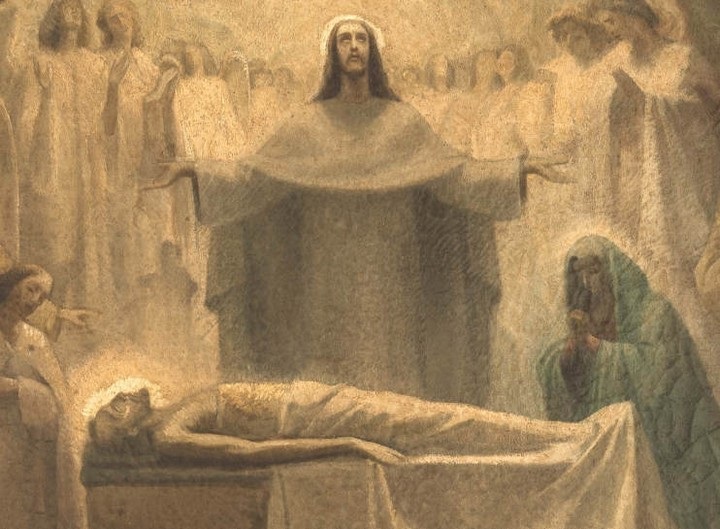I am silver and exact. I have no preconceptions.
Sylvia Plath, ‘Mirror’ (Plath 1-5)
Whatever I see I swallow immediately
Just as it is, unmisted by love or dislike.
I am not cruel, only truthful‚
The eye of a little god, four-cornered.
Ontology is merely the symptom. Alterity holds no sway over visual perception. The eyes strip the otherwise of its otherness (which is the same as saying that language [text] and visual perception [image] are indistinguishable). Seen from a different angle, my Being, though, may very well be itself merely an apparition projected by Alterity. Yet, the ‘I think; I am; I exist’ persists – an endlessly iterating illusion revolving around an unfathomable, non-relational independence (and please do note that in any case relationality is always self-relational). I cannot smother myself (“you can destroy it but something else will act in its stead”). The eyes wish to see no more, a fact that belies the previously confessed sameness seemingly prevalent in visual perception, a sameness, one ought to note, that was previously witnessed as somewhat comforting… comforting to the one who finds anything other irksome. Was it then all other from the very start? Whatever it was, it was a useless ordeal looking at it. The eyes yearn for visions not crafted or populated by the human. Is ‘the photographic’ then a curse or the last glimmer of hope? Is it a voiced silence or a muted violence? Discarding the last conventions, namely: evidence, truth and the real – bereft of all that, we are left solely with familiarity. And familiarity breeds… assent.
Everyman, I will go with thee, and be thy guide,
Everyman
In thy most need to go by thy side.
‘The photographic’ happens in a flash: a recognition that the subject of the photograph and I are literally on the same page.
How something if not from nothing at all?
The photography apparatus renders images; to render images, it need only understand tone; to render is to understand; the photography apparatus needn’t understand at all, merely render. The dynamic which sets of the render is the intention itself. That which intends in the first instant cannot be ousted by a machine. The machine need only render; to render is to understand; understanding, intentions can now can be replicated by the machine; the machine needn’t understand intentions at all, merely render. God is the intention in the first instant. The one who intends in the first instant is Man and only Man.
‘The photographic’ is the recognition of that which has always been most familiar. ‘The photographic’ is the recognition of the intention of the Other. That intention is the dynamic which sets of ‘the photographic’.
It looks such-and-such because we see things alike. ‘The photographic’ is the matrix that is unavoidably enacted when those who see things alike see things alike.
‘The photographic’ happens in a flash: a recognition that the subject of the photograph and I are literally on the same page.
What is left is what is left. Memory is always what is left. Before coming into being, before coming into being as Dasein – before forgetting, that is – we had forgotten how to forget each other, we had forgotten how easy (neigh, impossible) it is not to forget each other. Being is, and, in being, stands. Ground precedes Ontology. Ground is pre-ontological. Memory is ground. At the end, the future is always (to the) right.
Nothing needs time to be nothing (otherwise it wouldn’t be nothing). Time is a metaphor for death, a metaphor for death and not death itself because death always happens in the past but time is done in the now. The now (the present), belies the past. If it happens in the now, it cannot be dead. Memory does not belong to the past.
Time is the Messianic: an announced withheld announcement. There is no hope; all is pointless.
‘The photographic’ is the matrix that is unavoidably enacted when those who see things alike see things alike.
Featured Image:
Available at: https://tvmnews.mt/en/news/l-arti-ta-anton-inglott-ghall-wiri-taht-saqaf-wiehed-fmuzew-fghawdex/ [last accessed 14 May 2023].
References:
Everyman: a 15th Century Morality Play. Lumen Learning. 2023. [online]. Available at: https://courses.lumenlearning.com/suny-britlit1/chapter/everyman-a-15th-c-morality-play/ [last accessed 14 May 2023].
PLATH Sylvia. ‘Mirror’. All Poetry. 2023. [online]. Available at: https://allpoetry.com/poem/8498499-Mirror-by-Sylvia-Plath [last accessed 14 May 2023].
